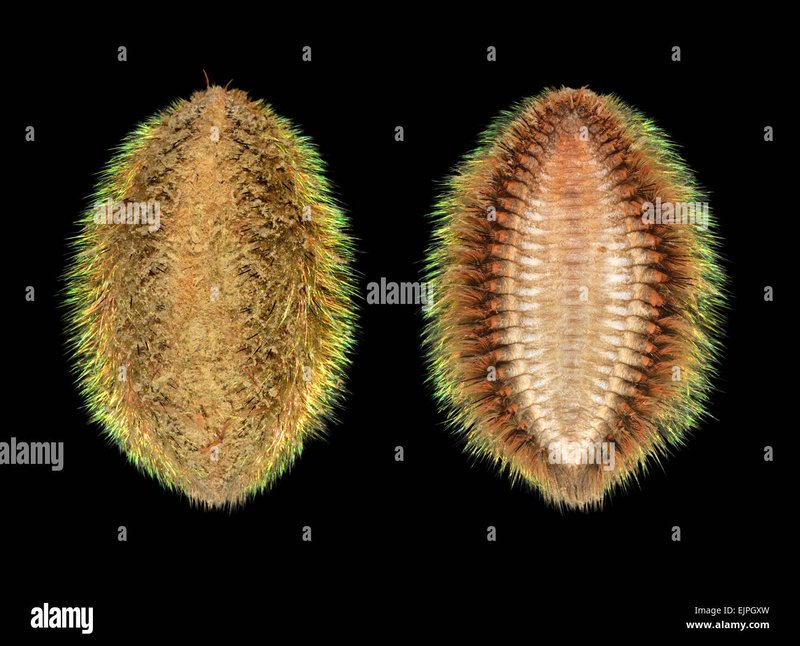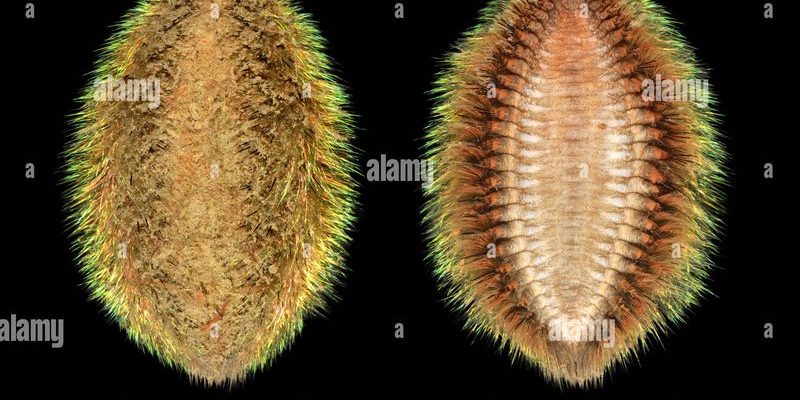
Understanding its life cycle isn’t just for marine biologists—it’s a window into the mysteries of marine ecosystems. So, let’s dive in and explore the stages and behaviors of the *Aphrodite aculeata*. You might find yourself captivated by its journey from egg to adult and everything in between.
Stage 1: The Egg
The life of the *Aphrodite aculeata* begins as a tiny egg, floating in the ocean currents. Imagine these eggs as little balloons, suspended in the vast water. They’re released by the adult sea stars during a reproductive event known as spawning, typically occurring in spring and summer.
As these eggs drift in the water, they are ripe for fertilization. Male sea stars release sperm into the water, and, if luck strikes, some eggs get fertilized. The fertilized eggs develop quickly, often hatching within a couple of weeks. This stage is crucial because it’s the beginning of an amazing transformation.
The Developing Embryo
Once fertilization happens, the embryos start to grow. They undergo a fascinating process called cleavage, where the single fertilized egg divides into multiple cells. Think of it like a magic trick—what started as one, quickly becomes many. This rapid cell division continues until the embryo forms a larval stage known as a bipinnaria.
It’s in this early larval form that the *Aphrodite aculeata* truly begins its adventure. They’re tiny and delicate, drifting about in the ocean. This stage of development is critical for survival, as these larvae must navigate their way through the ocean and avoid predators.
Stage 2: The Larval Stage
After hatching, the *Aphrodite aculeata* enters its larval stage, free-floating in the ocean. This is kind of like a summer camp for sea stars—they’re out there exploring! The bipinnaria larvae are equipped with cilia (tiny hair-like structures) that help them move through the water.
During this stage, they feed on plankton, which are tiny organisms drifting in the ocean. Think of it as an all-you-can-eat buffet! They have a voracious appetite and need to grow quickly to make it to the next stage of their life cycle.
Transformation to Brachiolaria
As the larva develops, it undergoes a transformation into a brachiolaria larva. This stage is like puberty for sea stars—changes are happening! The brachiolaria has a more complex structure, including arms that help it maneuver through the currents.
After spending a few weeks as a brachiolaria, these larvae are ready to settle down. They’ll search for a suitable substrate, like rocks or coral, to transform into their adult form. It’s a big decision; they’re choosing where they’ll spend the rest of their lives!
Stage 3: Settlement and Metamorphosis
Finding a place to settle is monumental for the *Aphrodite aculeata*. Once they land on a suitable surface, they begin the metamorphosis into their adult form. This is like hitting the reset button and starting a whole new life.
During this period, the larvae absorb nutrients from their environment, and their bodies start to change drastically. They lose their larval features and begin to develop their signature spiny appearance.
The Role of Environmental Factors
The metamorphosis can vary depending on environmental conditions, like water temperature and food availability. If conditions are favorable, the transformation can occur smoothly. But if the environment is harsh, it can lead to stunted growth or other developmental issues.
This stage is crucial because it determines how well the sea star will survive as an adult. The pressures of the environment shape not only their physical characteristics but also their future behaviors.
Stage 4: The Juvenile Stage
Once the metamorphosis is complete, the *Aphrodite aculeata* enters its juvenile stage. This is a time of growth and exploration. As juveniles, these sea stars start to exhibit behaviors that will define their adult lives.
In this phase, they begin to feed more aggressively. They’re not just grazing on plankton any longer; they’re starting to hunt for prey like mollusks and barnacles. This newfound independence is akin to a teenager getting their driver’s license—the world is suddenly much bigger and full of opportunities!
Social Behavior
Interestingly, juvenile sea stars often form small groups. They might be trying to protect each other or share information about food sources. Their social behavior is a fascinating aspect, hinting at the complexities of their interactions. It’s like having a community where everyone looks out for one another.
This stage lays the groundwork for their survival as they mature into adults. Understanding their behaviors helps scientists gauge the health of marine ecosystems.
Stage 5: Adult Sea Star
Finally, the *Aphrodite aculeata* reaches adulthood. At this point, they’re recognizable, with tough, spiny skin that provides protection from predators. Adult sea stars can live for several years and exhibit fascinating behaviors.
As adults, they become more specialized in their feeding habits. You may find them preying on shellfish like clams or oysters, using their unique tube feet to pry open shells. Their feeding strategy is intriguing; they can even eject their stomachs to digest food outside their bodies!
Reproductive Behavior
When the time is right, adult sea stars return to the spawning phase to reproduce. This cycle of life continues, and each generation contributes to the health of marine ecosystems. Their reproductive behavior is often synchronized with environmental cues, ensuring that their offspring have the best chance of survival.
This part of the life cycle is vital for understanding marine biodiversity. The more we learn about these stages and behaviors, the better we can protect and conserve their habitats.
The life cycle of the *Aphrodite aculeata* is a remarkable journey, filled with incredible transformations. From tiny eggs to vibrant adults, each stage has its own set of challenges and behaviors that contribute to the animal’s survival. Understanding their life cycle not only fascinates us but also highlights the importance of preserving marine ecosystems.
Next time you think about sea stars, remember their journey—each phase is a testament to the resilience of life in our oceans. By protecting these creatures and their habitats, we help ensure that the stories of *Aphrodite aculeata* continue for generations to come.

